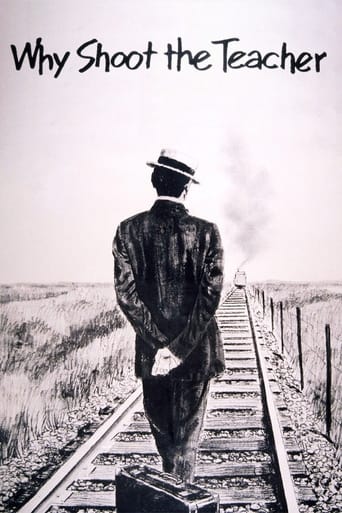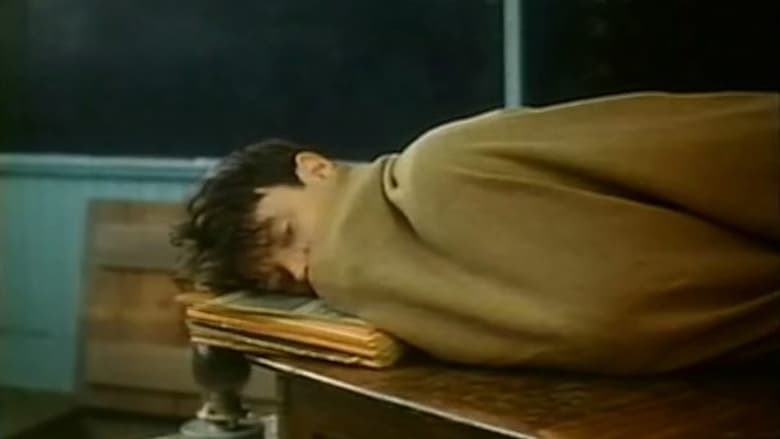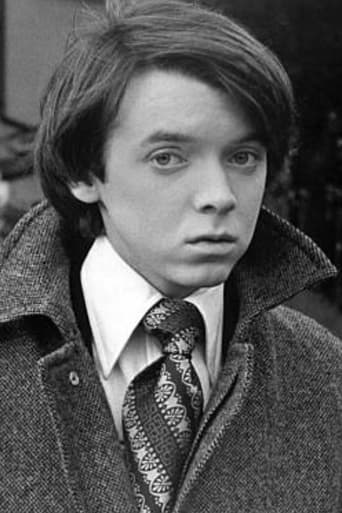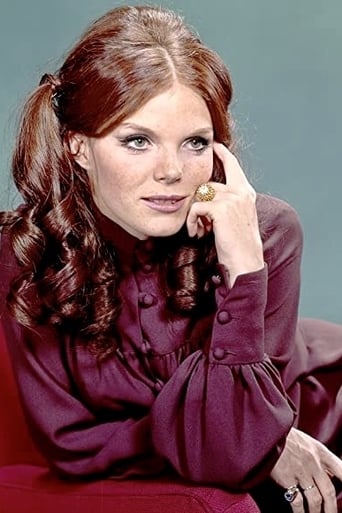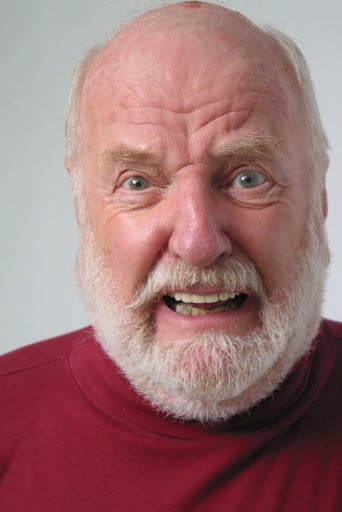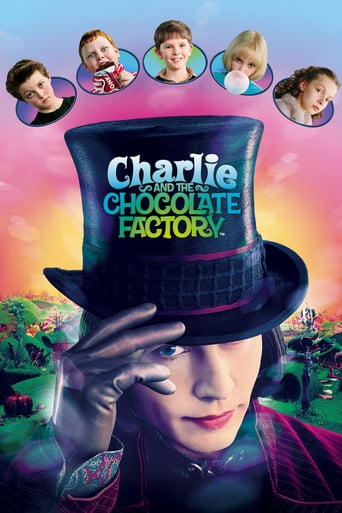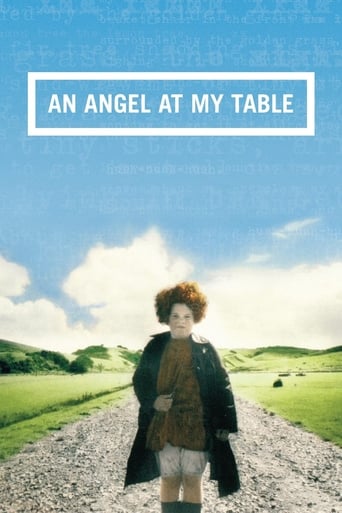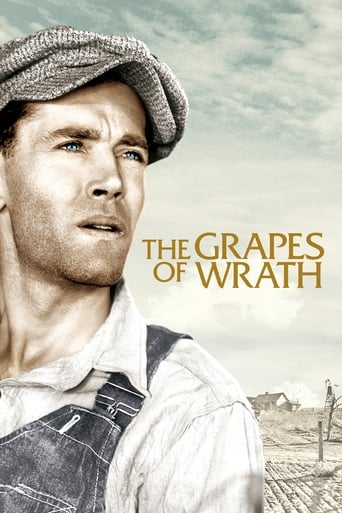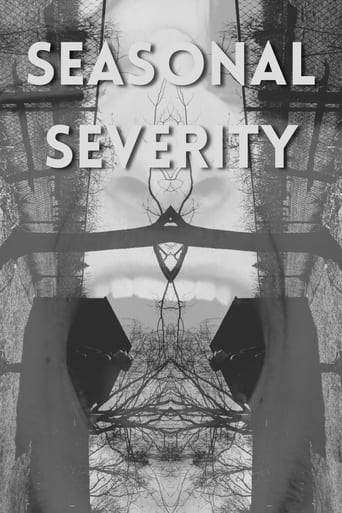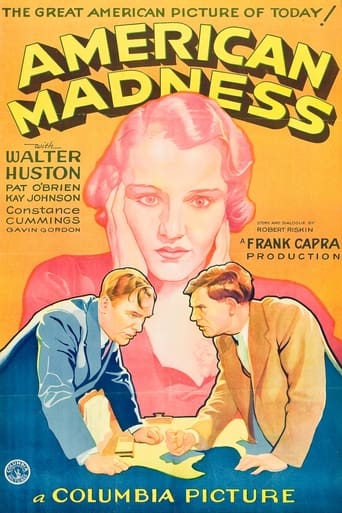Why Shoot the Teacher? (1977)
It's the winter of 1935 and Max Brown is newly arrived in Willowgreen, Saskatchewan - a rural Canadian prairie town - on his first teaching job in a one room schoolhouse. He quickly realizes that this is not a dream situation: the winter is harsher than he's ever experienced, he's living in the basement of the school, the older of his students treat him poorly and his wages are paltry if and when he ever does get paid.
Watch Trailer
Cast
Similar titles
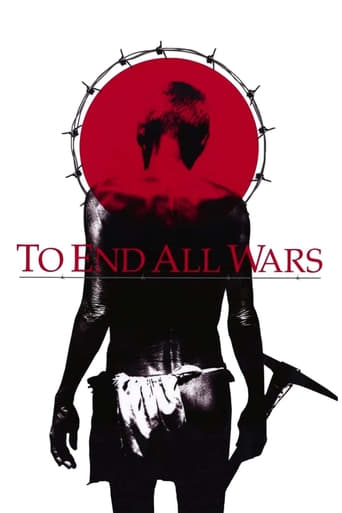
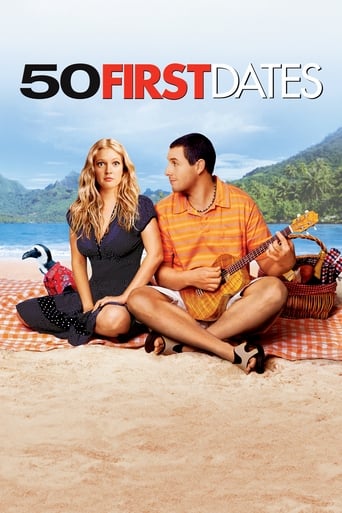
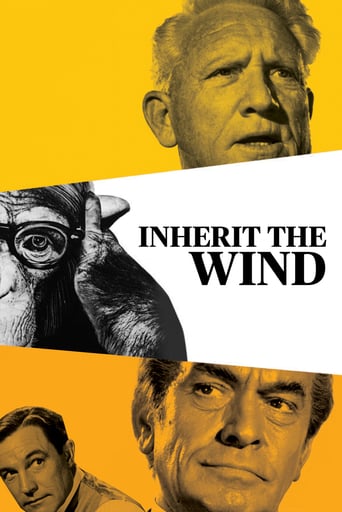
Reviews
Don't Believe the Hype
It's entirely possible that sending the audience out feeling lousy was intentional
A movie that not only functions as a solid scarefest but a razor-sharp satire.
This is a small, humorous movie in some ways, but it has a huge heart. What a nice experience.
This movie allowed the viewer to gain some insight into life in the prairies. It is used in many classrooms as a tool which discusses information on the 1930s. The movie also contains some humour, even if it was corny.However the movie lacks strong does not expand on certain issues. For instance, it would have been interesting to know how many persons came out West during the depression. Or how this migration affected the prairies. Providing these details would have made the movie more informative to watch.VG
This is a good movie, set in the 1930's and accurately portrayed by the events and the history of the depression in Canada. If u are looking for a fun movie to watch-don't watch this, but if you need an insight into the way of life during the prairies in Canada in the 1930's this movie is what you need. This movie does a good job of showing how employment and basic needs such as shelter, food, and water were rare and hard to find during the depression. It also shows the trends and life in the 1930's and gives you a look back in time, at how things were. This movie doesn't have a good picture or sound but it is informative. This movie is about a teacher, who during the hard times moves to the Prairies, in such of a job to make a living. ----Full Summary---- This movie, is about a Canadian teacher, Max Brown who is forced to move to the prairies, by borrowing money to find a job. When he arrives, Max also does not receive food/water supplies and has a hard time fitting in and surviving in this new place. He is hired to teach a class of students from grades 1-10, who misbehave sometimes. He also finds himself, in company with Alice, the wife of a farmer in Saskatchewan. He receives $20 a month, which is much less then previously negotiated and somehow resists urges of taking the train to back home. Max later has a brief relationship with Alice and manages to control his class before the school year ends and he goes back home before returning the next year.
I think that overall, this movie was good. It seemed a bit short, and it lacked a few details linking parts of the story, which made it a bit difficult to follow. The graphics were slightly poor, but due to the technology of the time, I had to take into account the fact that it was made nearly three decades ago. I also think that it was a fairly accurate depiction of life in the Prairies during the 1930s, based on what we've learned in class about the era. I could easily link the time period to the movie through the actions, speech, and style of the actors and actresses in the story, as well as the cars featured and the houses' decor.In terms of style, I noticed that the people living in U.S. and the Praires during the 30s differed quite a bit. Some of the clothes and hairstyles that the women wore were similar, but the people of the Prairies were "country folk," and dressed more appropriately for their lifestyles. Alice, for example,(played by Samantha Eggar), wore the sleek, wavy, side-parted bob that many women of the era chose to sport. However, the difference in economic status was apparent in her attire. The aprons and plain skirts she wore had less appeal than the more elegant blouses and dresses that other women preferred.In conclusion, the movie was pretty effective in getting its message out to the audience. Bud Cort proved his acting skills alongside his pupils, and many important issues were discussed with respect to the conditions of the schools at the time, and Mr. Brown's personal experiences with Prairie weather. The movie was humorous, with a bit of drama, and still maintained a fair amount of accuracy in portraying life in the 1930s.-A. W.
a remarkable political film reflecting both the times of the 30's and the 70's. beautifully filmed in b&w. i don't believe the art director or the cinematographer received any awards for this film. too bad since the bleak yet dramatic backstop of the alberta prairie added, immeasurably to the near nihilistic dialogue and sparing editing reflecting the times during the depression in the great Canadian prairie. the moments where the director slowly pans the camera over the nearly endless prairie grass to show the feeling of alienation of land that reflects the alienation of the people to one another, never ceases to impact me. there is no real connection with the students the only feeling of empathy obtained by, bud cort, is when a senior school district manger shows up to review his work , the teacher can't help but lay into the supervisor and inform him of the inadequacies the district has shoulder him with in regards to outdated books and supplies. and then there is the delightful prairie dog tail scene which i won't spoil for anyone. rural poor is unlike city poor. watch and see the results.
